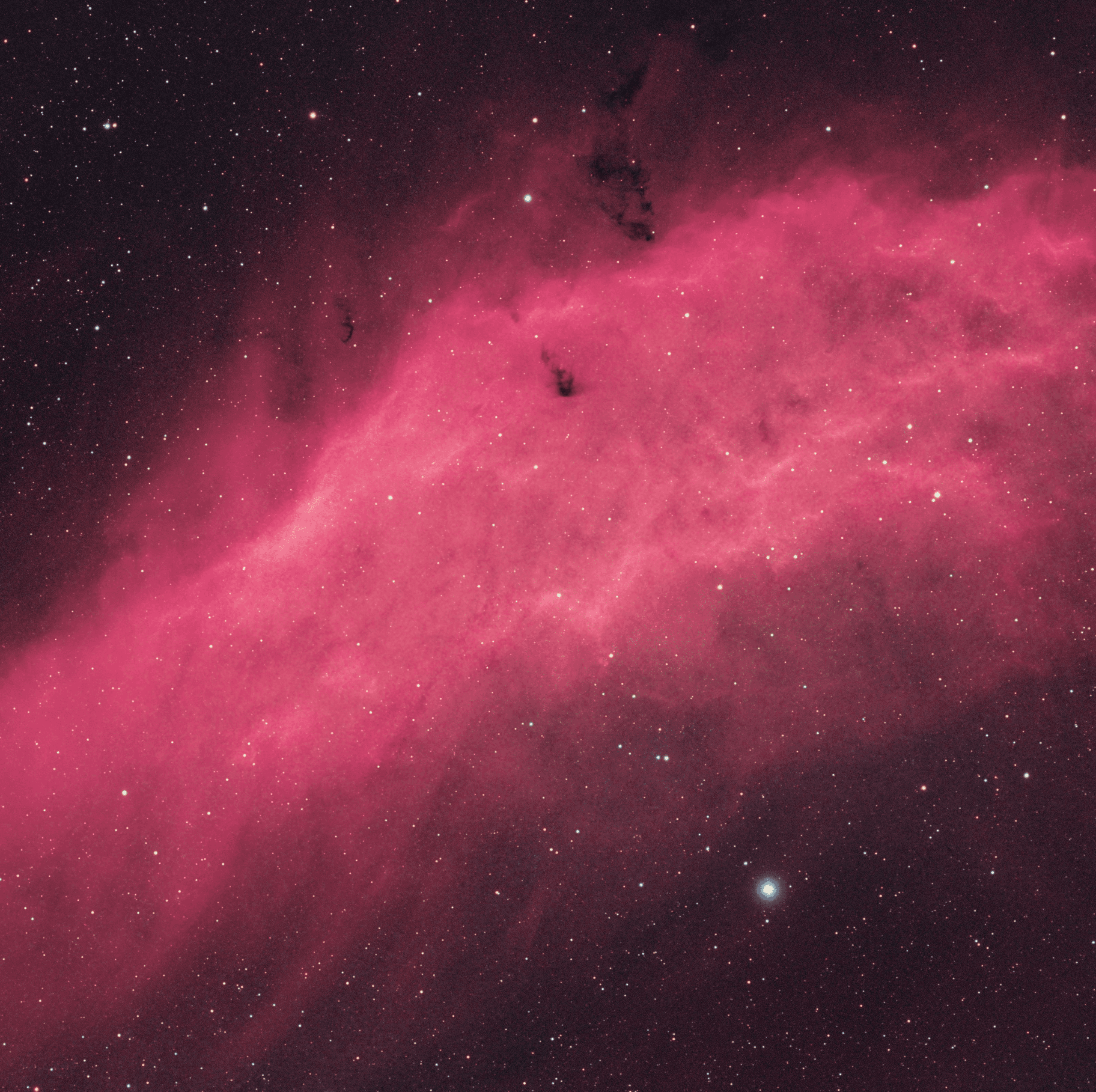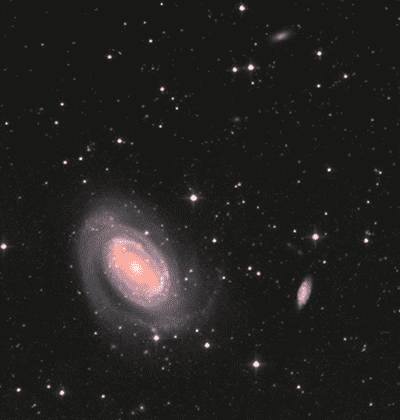QHYCCD: Hi Nico! Congratulations on the nice astronomical images taken with the QHY268M camera. Thanks for accepting this interview. First of all, please make an introduction about yourself!
Nico:  My name is Nico Carver. I am an astrophotographer with a passion for shooting emission nebulae. On my YouTube channel, Nebula Photos, I am focusing on getting beginners started in deep-sky astrophotography with detailed tutorials and reviews.
My name is Nico Carver. I am an astrophotographer with a passion for shooting emission nebulae. On my YouTube channel, Nebula Photos, I am focusing on getting beginners started in deep-sky astrophotography with detailed tutorials and reviews.
QHYCCD: When did you first get involved in astrophotography? What equipment was used for the first shot?
Nico: I first got involved in astrophotography shooting the Aurora Borealis in Iceland. I was using a CanonDSLR and Rokinon Lens, and was amazed at the beautiful colors in the aurora. I became hooked on photographing the night sky.
QHYCCD: Why have you always loved astrophotography?
Nico: I find it very peaceful to spend a night under the stars. I also love the technology and the artistic aspects of planning and processing an astrophoto.
QHYCCD: What kind of objects do you like to shoot? What is your favorite shooting object?
Nico: Supernova remnants are my absolute favorite. My favorite supernova remnant to photograph is the Spaghetti Nebula (Sh2-240).
QHYCCD: Share with us your favorite astrophotography works so far. What is the special part about the shooting and processing of this work?
Nico: https://www.nebulaphotos.com/lbn-ldn/nwcygnus/
I am working on a very large mosaic in Cygnus. This is a release from 2018, I now have many more panels collected, but just need to finish processing them. I enjoy long projects like this, and hope to doa very large print at some point.
QHYCCD: Apart from astrophotography, what other hobbies do you have, just curious.?
Nico: I enjoy film-making, and cooking.
QHYCCD: How do you feel about using QHY268M? What are the differences between it and the cameras you ever used in the past?
Nico: It’s great. Much lower noise, and uniform images with no amp glow. I have found it much easier to process the clean data from the 268M compared to other mono cameras I’ve tried. Also, I love the size of the sensor. APS-C is perfect for many telescopes and lenses.
QHYCCD: Share your photos taken with QHY268M. And What other equipment did you use?
Nico: Here is a 2 panel mosaic of the Rosette Nebula I took with the QHY268M, QHY OAG, QHY CF3L filter wheel, Antlia filters, and StellarvueSVQ86 telescope.
QHYCCD: Which post-processing software do you often use? What difficulties did you encounter in the post-processing process?
Nico: I use PixInsight and Photoshop. My main difficulty was Iran out of time to capture Red frames so this image was HaGB. This made it a bit difficult to get good star color while also getting the nebula balanced, but I am happy with what I came up with.
QHYCCD: Which QHY products have you used? Please talk about your favorite QHY camera.
Nico: Other than the 268M (my favorite), I love my QHYPolemaster. I use it every single night I do astrophotography for the past four years, and it is very reliable and easy to use.
QHYCCD: Do you have any suggestions for the improvement of QHY products?
Nico: It seems if I tighten the locking part of the 12V power connector a bit too tight that cuts off power to the camera. I’ve noticed this behavior on both the 168C and the 268M, It’s not a big problem because if you just unscrew 1/8 of a turn, it works fine.
QHYCCD: Are there any new plans for astrophotography in 2021? Could you share with us?
Nico: I hope to build a better computer for astrophotography processing which will allow me to work on my bigCygnus mosaic again. Also, I want to make at least 2 videos a month for Youtube.






